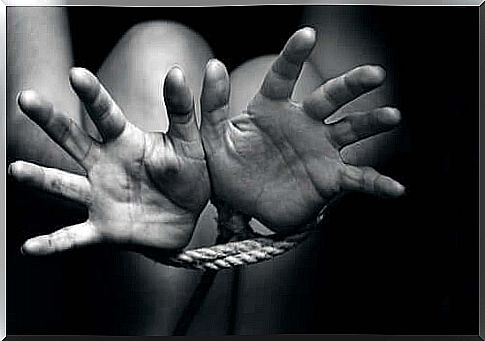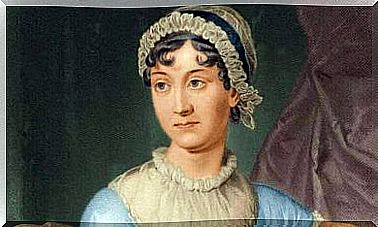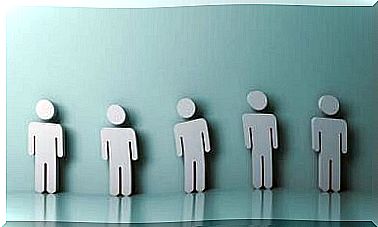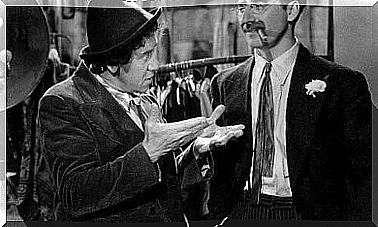Monsignor Arnulfo Romero, Biography Of A Contemporary Saint
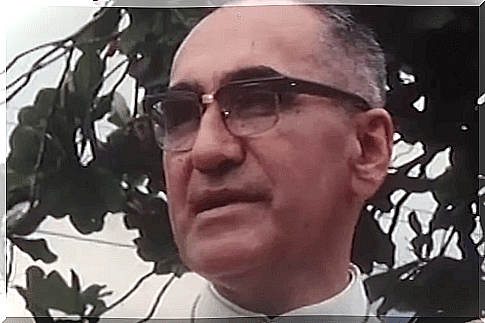
Monsignor Arnulfo Romero is the first Salvadoran from Central America to be declared a saint by the Catholic Church. He was also the first Catholic to be consecrated as a martyr after the Second Vatican Council. He is not only honored by Catholics, but also by Anglicans, Lutherans and even non-believers.
Bishop Arnulfo Romero’s name was nominated for the Nobel Peace Prize in 1979 by the British Parliament. However, ultimately the prize fell into the hands of Mother Teresa of Calcutta. The priest was canonized in 2018 by Pope Francis.
Monsignor Arnulfo Romero was a living legend and continues to be so after his death. He was known for his kindness and his values. From the pulpit, he firmly defended human rights and denounced those who passed them under his own name. His assassination in the middle of Sunday mass is considered one of the triggers of the bloodiest phase of the civil war in El Salvador.

Bishop Arnulfo Romero: an early vocation
Monsignor Arnulfo Romero was born in Ciudad Barrios, department of San Miguel, El Salvador, on August 15, 1917. He came from a very humble family; his father was a telegraph operator and his mother a domestic worker. Her childhood friends say her religious devotion started very early. He always started the day by entering the chapel to pray for his family.
At the end of primary school, he devoted himself to carpentry and music. At only 13, he spoke to a priest and expressed his interest in entering seminary. The limited resources of his family were an obstacle, but thanks to the collaboration of the Claretian community, he was quickly able to realize his dream.
Although he had great difficulty in continuing in seminary, due to the poverty of his family, he distinguished himself by his commitment and intelligence. As a result, he was chosen to travel to Rome and continue his studies there. In Italy, his teacher was the one who would later become Pope Paul VI.
A life full of ups and downs
There is a little-known episode in the life of Bishop Arnulfo Romero, which took place during the return trip to his homeland. He left Spain in a boat called Marqués de Comillas. It was 1943, and Europe was engulfed in World War II.
For this reason, when the ship called in Cuba, the priest was arrested and taken to a “concentration camp”. He was suspicious because he came from Mussolini’s Italy and Franco’s Spain. He remained in captivity for 127 days, until they were convinced he was not a German Axis spy.
In 1944, he finally returned to El Salvador, after a stay in Mexico. Already in his homeland, he devoted himself fervently to working for the most vulnerable. He also embarked on a successful ecclesiastical career, which led him to become Archbishop of San Salvador on February 3, 1977. By this time, his country was already experiencing great internal political tensions.

An american martyr
In fact, many consider Bishop Arnulfo Romero to be a conservative in matters of religion. But he was also a truly committed Catholic, who did not allow himself to remain silent in the face of the injustices committed in his country. For this reason, he transformed his chair into a platform from which he denounced human rights violations.
Meanwhile, many clerics are murdered in El Salvador, almost always for the same reason. The fact of positioning oneself on the side of the poorest. The killings went on with impunity. However, Romero, from his church, repeatedly denounced what was happening. He had an audience with Pope Paul VI to denounce the situation. He received the support of the Sovereign Pontiff.
However, later he went to the new Pope, John Paul II, and he refused to listen to him. In the Vatican, Romero would have been a revolutionary priest and his presence was not well received. In fact, the Holy Father questioned his claims.
After this episode, Bishop Romero returned to El Salvador completely discouraged. On March 24, 1980, while he was saying mass in his parish, several armed men entered and shot him.
The event shocked the country. It is considered to be the start of a civil war that left more than 75,000 dead and around 7,000 missing. Today, San Arnulfo Romero is one of the great legends of America.
